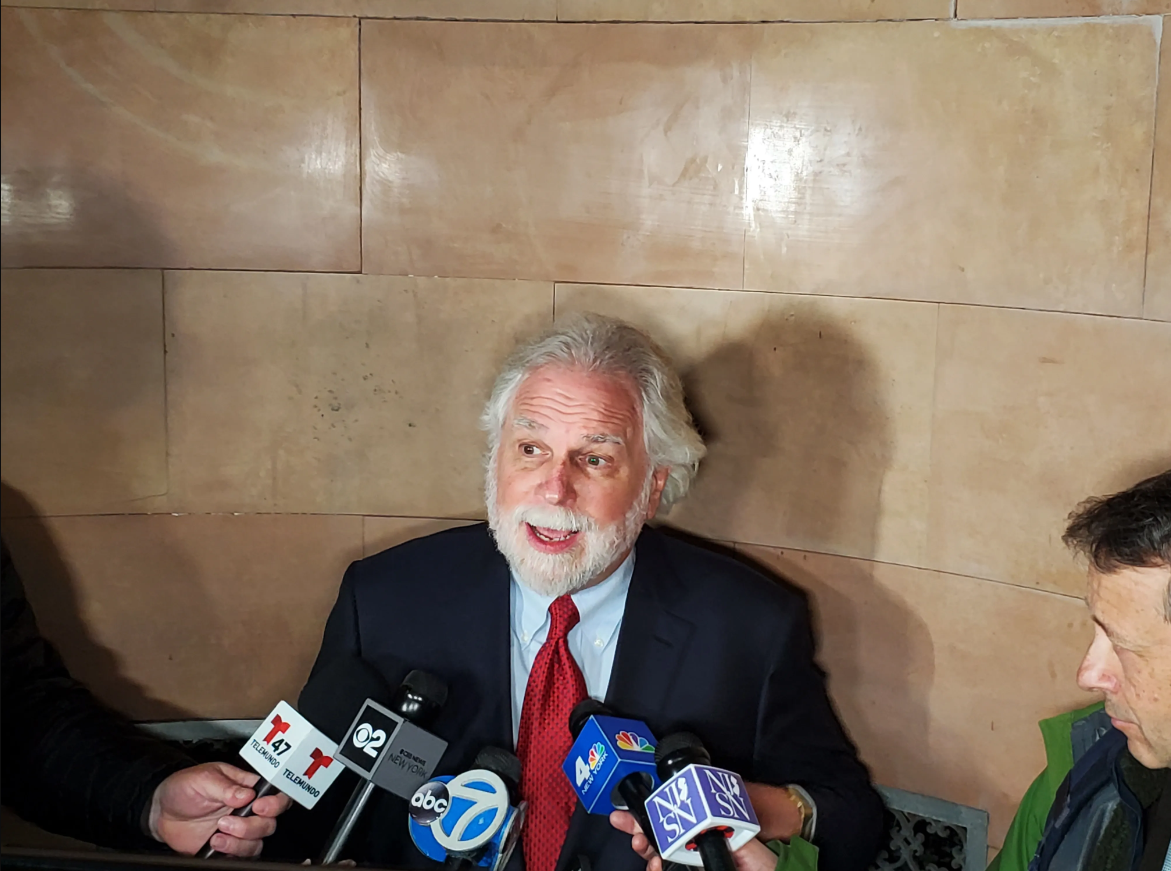VICTORIA – Charles McDiarmid recalls being awake in his parents’ remote West Coast cabin listening to low buzzing sounds reverberating from huge pieces of driftwood being tossed against the shore by the winter waves off Tofino on Vancouver Island.
The low pitch of the vibrating storm-beaten logs was eerie, powerful and magnificent, says McDiarmid, and the everlasting drone contributed to a West Coast travel phenomenon — winter storm watching.
“I remember at night in the dark hearing the waves crashing in, driving 30-foot logs, and then hitting the bedrock of Vancouver Island,” he said. “And the sound that is created from that, it is like a giant 30-foot tuning fork.”
“You get a very low bass sound which penetrates right through the screaming wind and the crashing waves,” McDiarmid said.
The boyhood memories of nature’s power and vivid recollections of family fireside celebrations at the cabin as winds howled and waves crashed outside, embedded themselves deeply in McDiarmid who became convinced others would also be fascinated by the mystery, wonder and cleansing experience of a West Coast winter storm.
Since 1996, McDiarmid’s family has been operating the Wickaninnish Inn at Chesterman Beach near Tofino, located about 400 kilometres northwest of Victoria. The McDiarmids first built a cabin in the area in 1955 and haven’t left.
McDiarmid, who recalled some of the best family times occurred during the frequent winter storms that kept everybody inside, said he decided to market winter storm vacations shortly after opening the family lodge.
The Tofino area and much of Vancouver Island are good for more than a dozen major storms over the winter. But unlike the rest of Canada, these storms don’t come with snow.
The storm season usually runs from mid-November until February, but it appears the season is off to an early start this year, with heavy rains and 100 kilometre-per-hour winds already clocked in the area.
Strong low pressure cells and storms over the northern Pacific Ocean drive large swells toward the coast of the northwest.
There is no land between the West Coast of Vancouver Island and the east coast of Japan, which allows the swells to build. Many are 10 metres high when they hit shallow water and explode against the rocks.
McDiarmid said he knows a major storm is on the way when he can hear the trees in the forest rubbing together and see the waves whipping over the tops of 15-metre high rocks.
“It’s a real sensory experience,” he said.
Put on the gum boots, the rain slicker and head for the kilometres of open, sandy beach, but stay away from the rocks where rogue waves present constant dangers.
“We’re such an urban society and Mother Nature in the city is generally an inconvenience,” said McDiarmid. “Here, there is no such thing as bad weather, maybe poor clothing choices.”
The pelting rain, the blowing wind and the rooster tail spray from the crashing waves are all part of what McDiarmid calls a “West Coast facial.”
But winter storm watching is not just for rugged outdoorsy types, said McDiarmid.
Many watch the storms unfold from a safe, warm fireside vantage point wrapped in a warm blanket and sitting in a comfortable chair. Getting wet is not part of the deal for many, McDiarmid said.
“It’s a good feeling to be all snuggled up in a nice, warm comfortable environment and seeing Mother Nature unfold for you,” he said.
Perry Schmunk, general manager of the nearby Long Beach Lodge, said he arrived in Tofino three years ago after managing hotels in Whistler and Banff.
One look at the beach, and he and his family forgot about the mountains.
Schmunk said most of the winter customers are British Columbians, but he’s been noticing more people from Toronto arriving for the Tofino winter experience.
“This is not the stereotypical Canadian storm where that means shovelling snow in the driveway,” he said. “Here, it’s something — if you’ve got protection against the moisture, you can comfortably be outside.”
———
On the Net:















